If you are looking wholesale lighting solutions, click here.
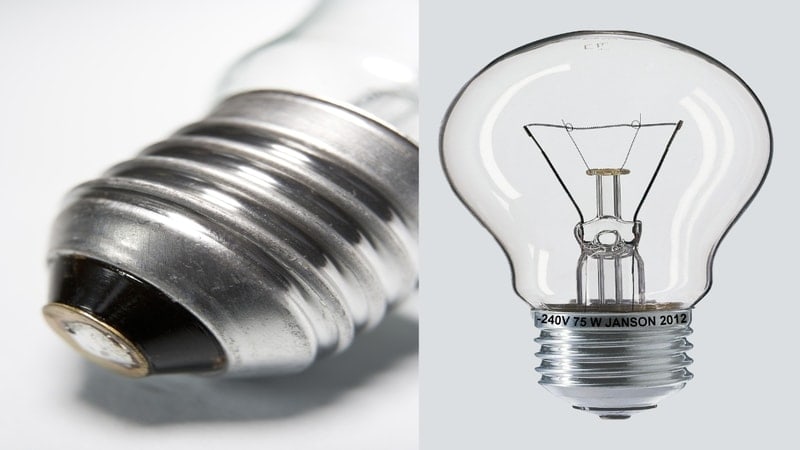
Understanding base sizes makes it easier, safer, and cheaper, whether you’re replacing a dead lightbulb or converting to energy-saving LEDs.
The base is what decides whether the bulb fits at all, although brightness and shape often get the most notice.
This guide to light bulb base sizes will help you make your purchases smarter and frustration-free.
The light bulb base is the component that attaches the bulb to the socket so electricity can pass through and energize the bulb, whether it’s for standard lighting fixtures or specialty applications.
The American National Standards Institute (ANSI) has set standardized specifications for the incandescent light bulb bases to facilitate compatibility among manufacturers.
There are two primary types of bases. Though they might appear to be the same at a casual glance, their attachment mechanisms are quite different.
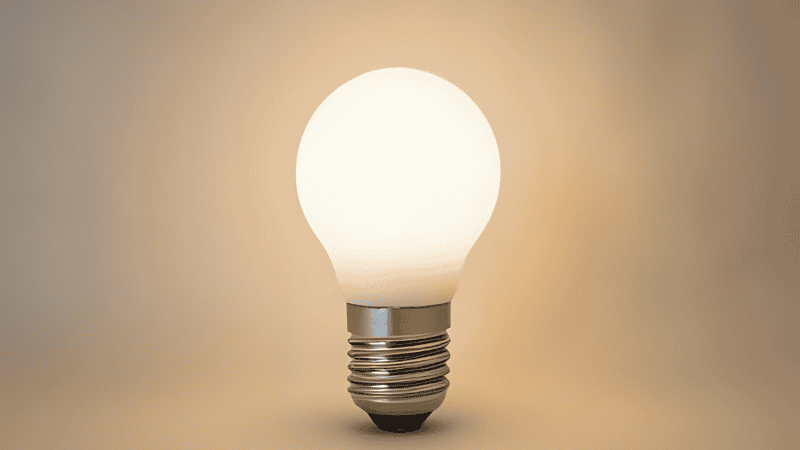
Screw bases employ threading to secure the bulb, while pin bases depend on accurate spacing to line up and lock into place.
The bulb’s brightness or shape (like A19, BR30) doesn’t determine compatibility. The base is what matters when matching with your fixture.
Fitting the right lightbulb begins with understanding its base size. However, brightness and shape usually receive the most attention. The base is what determines compatibility with your lamp socket.
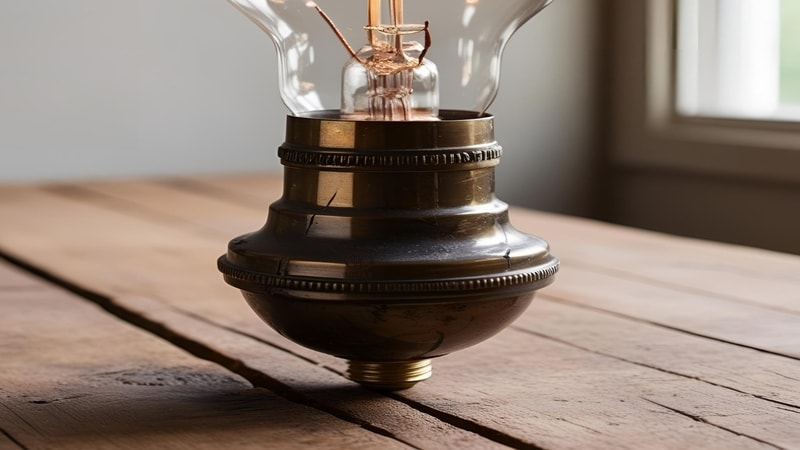
The Illuminating Engineering Society provides industry standards for light bulb measurements and documentation.
Using the wrong base size can cause a range of problems, from flickering lights and poor connections to damaged sockets and wasted money.
Whether you’re replacing a bulb or upgrading to energy-efficient lighting, knowing the correct base size helps guarantee a smooth and safe installation.
Understanding both light color temperature and base size ensures optimal lighting in your space.
Start by checking the label or imprint on your bulb itself—most LED bulbs have their bulb connector type printed directly on the metal or plastic near the bottom. Common codes include E26, GU10, or G9, which tell you the specific base size.
If the label is missing or has worn off, install a ruler or digital caliper to take measurements of the base. For screw-in bulbs. Take measurements of the diameter of the threaded part.
For pin bases, take measurements of the distance between the centers of the two pins. This will help you determine the correct size.

Once you’ve identified the label, check the size of the base. Match your findings with a bulb base size chart. These charts list all the typical bulb connector types and help ensure you pick the right bulb for your lamp socket.
The National Electrical Manufacturers Association reports that the use of standardized base sizes contributes to security as well as compatibility in lighting systems.
Light bulb bases come in several categories. Each type is designed for specific sockets and applications. Here are the main light bulb size types you’ll come across:
These are the most familiar bulb bases for hose upholds. They’re called Edison bases and are set up with the letter “E” followed by a number. The E-series screw bases were developed by Thomas Edison.
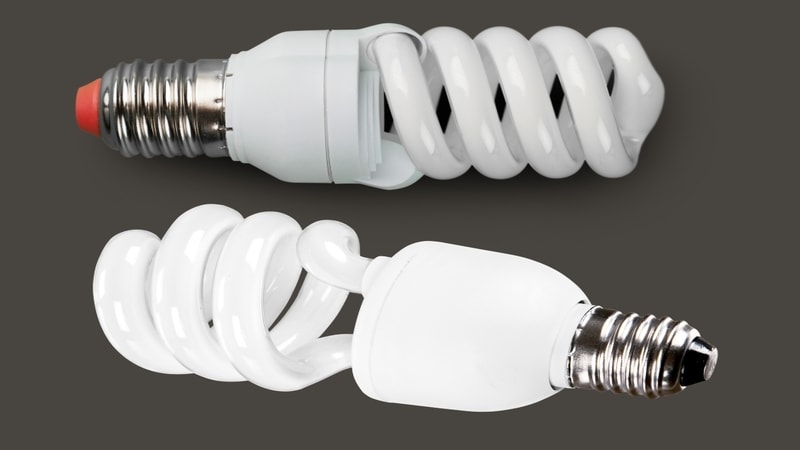
The Lighting Research Center states that Edison screw bases are still the most widely used lighting connector in the world.
Pin-type bases are popular in space-saving, energy-efficient, and specialty lighting. They don’t screw in—they either push or twist and lock.
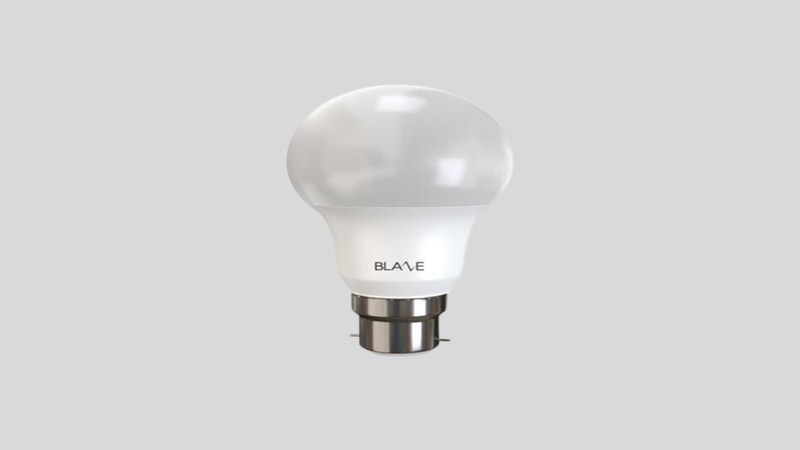
The Consumer Product Safety Commission advises proper pin alignment in order to eliminate electrical hazards.
To make identification easier, here’s a quick reference chart showing the most common light bulb base sizes and their typical installs:
| Base Code | Type | Size (mm) | Common Uses |
|---|---|---|---|
| E12 | Screw (candelabra) | 12mm diameter | Chandeliers, string lights |
| E26 | Screw (standard US) | 26mm diameter | Lamps, ceiling lights |
| E27 | Screw (standard EU) | 27mm diameter | Lamps, pendant lights |
| E17 | Screw (intermediate) | 17mm diameter | Microwaves, fans |
| GU10 | Twist-and-lock | 10mm pin spacing | Spotlights, track lighting |
| G4 | Bi-pin | 4mm pin spacing | Cabinet, desk, puck lights |
| G9 | Loop-style bi-pin | 9mm pin spacing | Wall sconces, compact fixtures |
| B22 | Bayonet | 22mm diameter | Fixtures in UK/AUS |
| GU24 | Twist-lock | 24mm pin spacing | CFL, LED fixtures |
| R7s | Linear base | Varies (118mm, etc.) | Floodlights, security lights |
With so many bulb connector types on the market. It’s helpful to know what each code means.
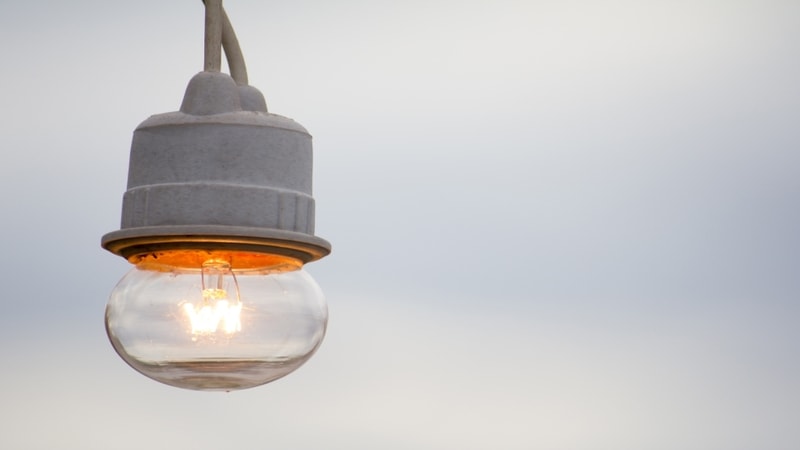
Below are some of the most common base sizes and where you’ll typically find them:
The E12 base is a 12mm screw type, with a total bulb height typically ranging from 35 to 50mm. It’s often found in chandeliers, nightlights, and other small decorative lamp sockets where a small size is needed.
E26 is the typical screw base in the U.S., and it measures 26 mm in diameter. It is commonly used in most household light fittings, such as ceiling lights, table lamps, and floor lamps. Often referred to as the “medium” base.
E27 (27mm) is the European typical. They often fit the same sockets. But you must match voltage ratings to avoid damage or malfunction.
GU10 bases have two short pins spaced 10mm apart, and your bulb locks in place with a twist. These are frequently found in directional lighting.
G9 bulbs feature looped bi-pin connectors that push directly into the socket. They are small-sized and often installed where space is limited.
Choosing the right bulb base doesn’t have to be confusing. As lighting technology improves, compatibility is more important than ever, particularly with smart bulbs, dimmers, and multi-function lighting systems.
The U.S. Department of Energy encourages one to first check compatibility before switching to energy-efficient lighting alternatives.
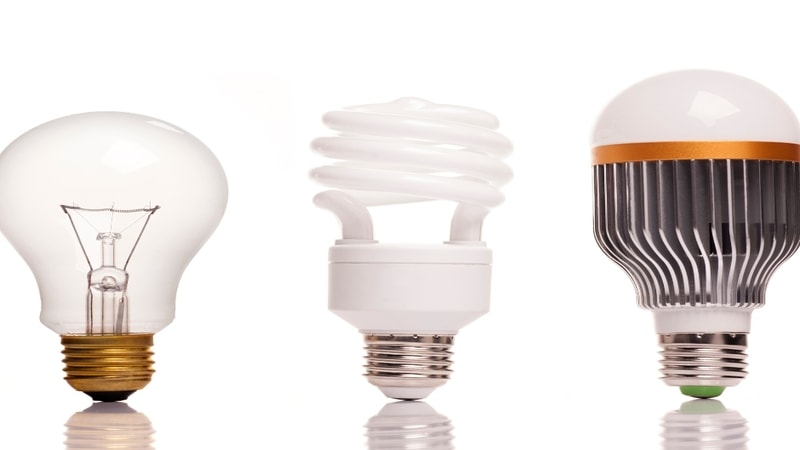
It’s also helpful to understand regional differences. For instance, while E26 is typically used in the U.S., E27 is used in Europe. Some imported lamp sockets may require adapters or dual-compatible bulbs.
Likewise, if you’re upgrading to smart bulbs, ensure that they are compatible with your socket and home voltage to prevent any connection issues.
Most light lamps have a label near the socket that specifies the required socket style and maximum wattage, like in enclosed light fixtures.
Don’t rely on guesswork. Confirm both the code, like E26 or GU10, and the size in millimeters to ensure a proper fit.
Designations like A19, MR16, or BR30 refer to your bulb’s shape. not the socket style. Always verify the base code independently.
A visual reference makes it much easier for you or store staff to identify the correct replacement bulb.
Check your lamp socket’s sticker or manual for socket style, voltage, and wattage details. This prevents damage and confirms your bulb fits and functions properly.
Making an incorrect choice in bulb bases is frustrating and even hazardous. According to the Electrical Safety Foundation International, among the leading sources of residential electrical problems is the use of incompatible bulb bases. Here are some common errors and ways to prevent them:
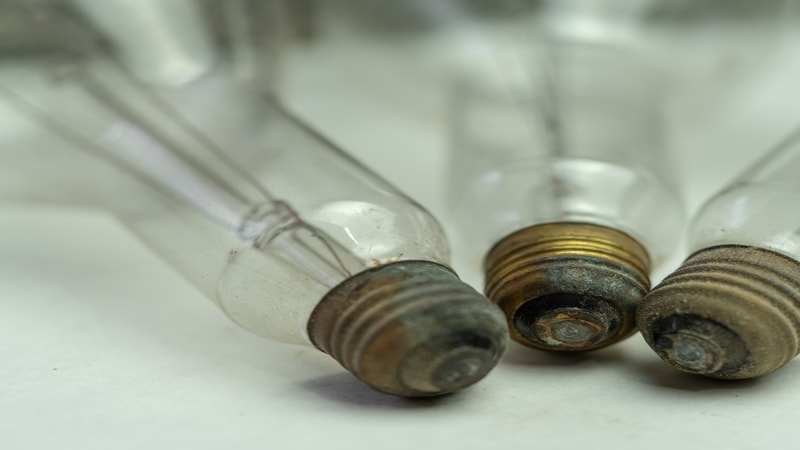
Learning how to identify a light bulb’s base size is a simple yet powerful skill that prevents frustration and unnecessary returns, whether you are installing living room lighting or workspace lighting.
Knowing the difference between a common screw base and a specialized pin type helps guarantee that your lighting setup is safe, functional, and efficient. This guide empowers you to pick bulbs with ease when replacing or upgrading them.
Let our experts at Risuncorp assist you. We offer a wide selection of lighting products and personalized recommendations tailored to your needs. Visit our website or contact us today for hassle-free lighting solutions!
Yes. They’re only 1mm different in diameter and are mostly interchangeable. However, always check the voltage rating and manufacturer’s instructions.
GU10 bulbs have stubby, short pins that twist and lock. G9 bulbs employ loop-type pins that push in straight.
No. The E26 is the standard base size, which corresponds to a 26mm screw. The A19 bulb shape is typically round. You can have an A19 bulb with an E26 base.
Yes. All E26 bases will fit E26 sockets. However, always check the wattage, voltage, and bulb type (LED, incandescent, smart bulb) to ensure full compatibility.
Comprehensive Lighting Solutions for MRO Wholesalers and Professionals
send your inquiry
Hi, I'm the author of this post, and I have been in this field for more than 15 years. If you want to wholesale lighting fixtures or lighting related product, feel free to ask me any questions.
Learn More >>Download our catalog to view all of our lighting products.
Ready to get started ?
Send Your InquiryOur team will get back to you promptly

please
download
Get notified about new products
Our team will get back to you promptly!
Add your first comment to this post